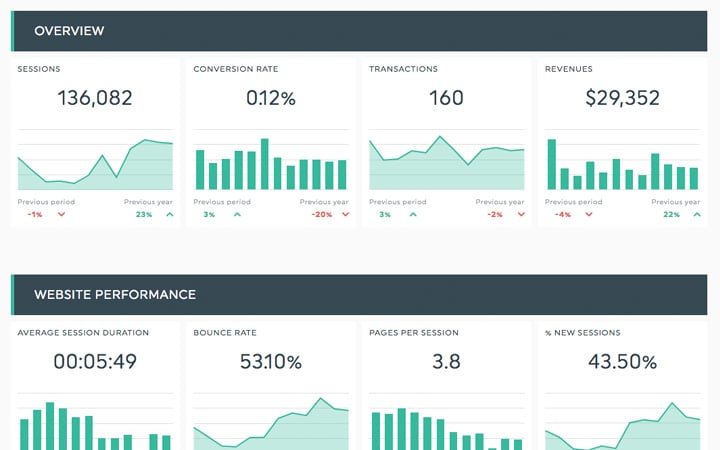What is a monthly recurring revenue?
Monthly Recurring Revenue (MRR) is the total revenue generated by a business with monthly subscriptions. This particular metric is based on a subscription model and can also be calculated as an annual recurring revenue (ARR).
There are different types of MRR:
- New MRR: new customers gained during a month
- Upgrade MRR: the additional revenue generated from subscriptions that move from existing pricing plans to higher plans
- Downgrade MRR: the reduced revenue from subscriptions that have moved from their existing plan to a lower plan
- Expansion MRR: the additional revenue gained from existing customers in a given month compared to the previous month.
- Reactivation MRR: the monthly revenue generated by previously churned customers returning to a paid plan
- Contraction MRR: the amount your business loses due to subscription cancellations and downgrades
- Churn MRR: MRR churn is the total amount your business loses due to subscription cancellations
- Net new MRR: how much your revenue has grown (or shrunk) in the present month compared to the previous month






